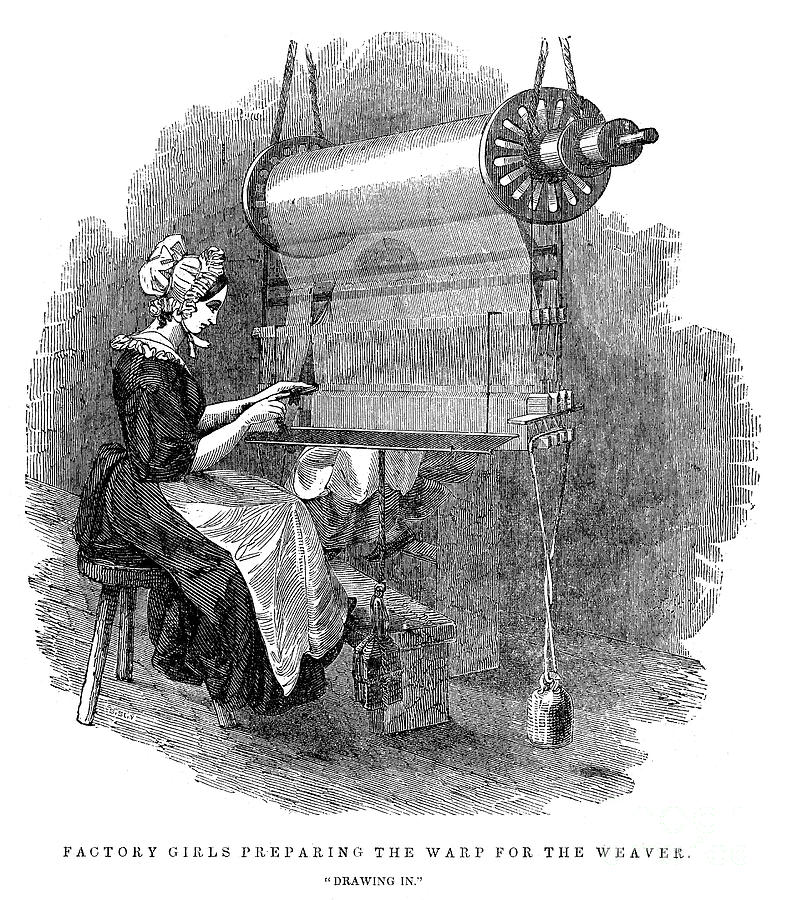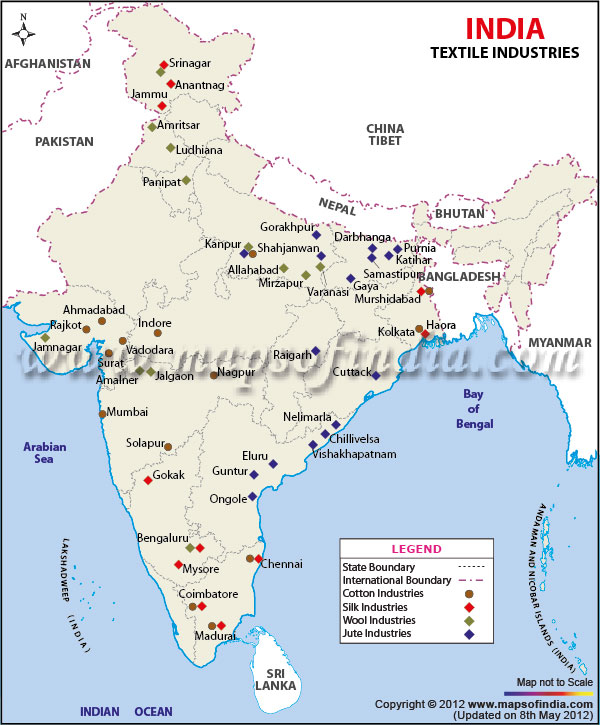Textile Manufacturers Usa Details
Textiles are a major issue in the ongoing Trans-Pacific Partnership (TPP) negotiations to establish
a free-trade zone across the Pacific. Because the negotiating parties include Vietnam, a major
apparel producer that now mainly sources yarns and fabrics from China and other Asian nations,
the agreement has the potential to shift global trading patterns for textiles and demand for U.S.
textile exports. Canada and Mexico, both significant regional textile markets for the United
States, have also been accepted into the TPP talks.
U.S. textile manufacturers produce yarn, thread, and fabric for apparel, home furnishings, and for
various industrial applications. In 2011, the U.S. textile industry generated $53 billion in
shipments and directly employed about 238,000 Americans, accounting for 2% of all U.S. factory
jobs. Approximately one-third of U.S. textile production is exported, with the bulk of the exports
going to Western Hemisphere nations that are members of the North American Free Trade
Agreement (NAFTA) or the Central American-Dominican Republic Free Trade Agreement
(CAFTA-DR). Both free trade agreements provide that certain exports from member countries
may enter the U.S. market duty-free only if they are made from textiles produced in the region.
This has encouraged manufacturers in Mexico and Central America to use U.S.-made yarns and
fabrics in apparel, home furnishings, and other products. Exports to the NAFTA and CAFTA-DR
countries contributed to a U.S. trade surplus of $2.5 billion in yarns and fabrics in 2011.
a free-trade zone across the Pacific. Because the negotiating parties include Vietnam, a major
apparel producer that now mainly sources yarns and fabrics from China and other Asian nations,
the agreement has the potential to shift global trading patterns for textiles and demand for U.S.
textile exports. Canada and Mexico, both significant regional textile markets for the United
States, have also been accepted into the TPP talks.
U.S. textile manufacturers produce yarn, thread, and fabric for apparel, home furnishings, and for
various industrial applications. In 2011, the U.S. textile industry generated $53 billion in
shipments and directly employed about 238,000 Americans, accounting for 2% of all U.S. factory
jobs. Approximately one-third of U.S. textile production is exported, with the bulk of the exports
going to Western Hemisphere nations that are members of the North American Free Trade
Agreement (NAFTA) or the Central American-Dominican Republic Free Trade Agreement
(CAFTA-DR). Both free trade agreements provide that certain exports from member countries
may enter the U.S. market duty-free only if they are made from textiles produced in the region.
This has encouraged manufacturers in Mexico and Central America to use U.S.-made yarns and
fabrics in apparel, home furnishings, and other products. Exports to the NAFTA and CAFTA-DR
countries contributed to a U.S. trade surplus of $2.5 billion in yarns and fabrics in 2011.
Textile Manufacturers Usa
Textile Manufacturers Usa
Textile Manufacturers Usa
Textile Manufacturers Usa
Textile Manufacturers Usa
Textile Manufacturers Usa
Textile Manufacturers Usa
Textile Manufacturers Usa
Textile Manufacturers Usa
Textile Manufacturers Usa
Textile Manufacturers Usa
Textile Manufacturers Usa
Textile Manufacturers Usa
Textile Manufacturers Usa
Textile Manufacturers Usa
Textile Manufacturers Usa
Textile Manufacturers Usa
Textile Manufacturers Usa
Textile Manufacturers Usa
Textile Manufacturers Usa



















No comments:
Post a Comment